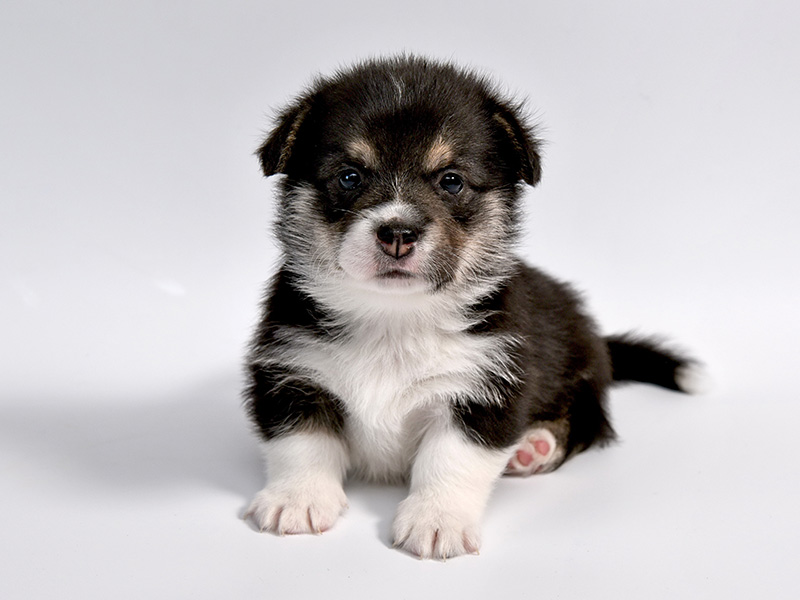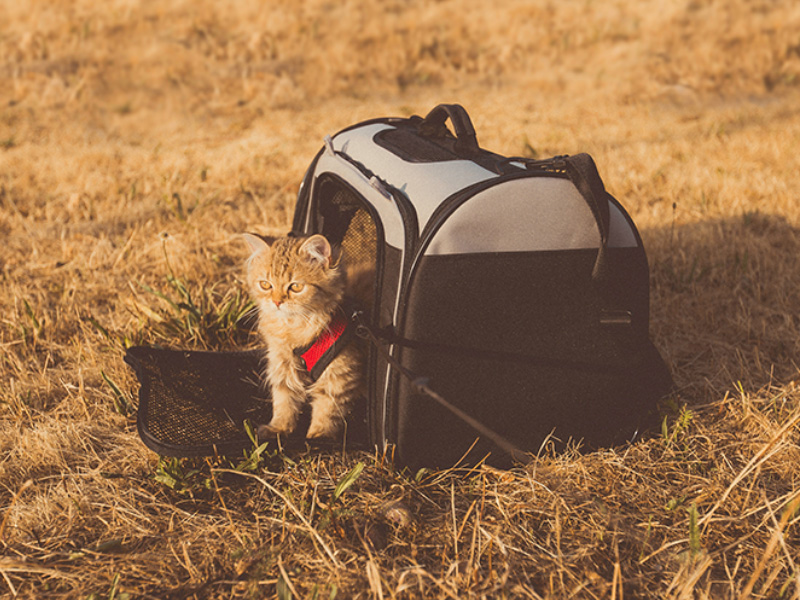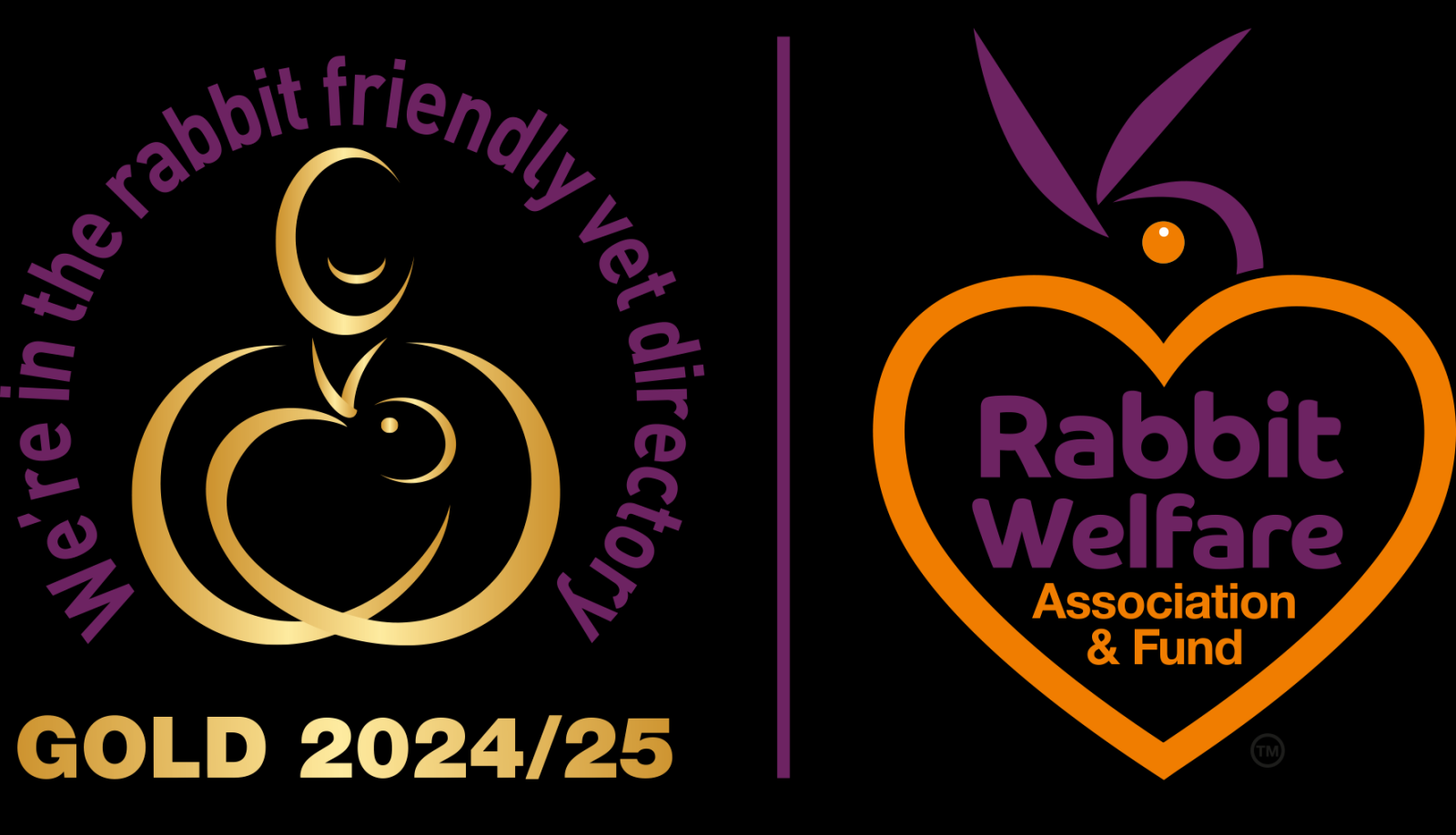LAPAROSCOPIC SPAY IN A LURCHER
Veterinary casebook:
LAPAROSCOPIC SPAY IN A LURCHER
Overview
Bambi is an 18 month old lurcher bitch.
Problem
Bambi’s owners did not intend to breed from Pepper. They were aware that spaying is recommended for bitches not used for breeding. Spaying prevents unwanted pregnancy and diseases such as pyometra (infection of the womb). It also reduces the risk of developing mammary cancer, although this is more effective the younger the bitch is at the time of spaying.
Bambi is a deep-chested, active dog and her owners were keen for Bambi to have a keyhole spay rather than the traditional surgery because keyhole spay surgery tends to have a more comfortable and faster recovery and has a reduced risk of post-operative complications.
Surgery
Bambi was checked on the day of surgery to make sure that she was at the correct point in her hormonal cycle and that she was fit and healthy.
Bambi was given a general anaesthetic, the fur was clipped from her tummy and her skin was cleaned with a surgical solution to prevent infection. Three small incisions were made in the tummy and the telescopic instruments were passed through. The veterinary surgeon was able to see Bambi’s ovaries on a monitor and use a heat-sealing device to safely isolate the ovaries and remove them through one of the skin incisions. Small stitches were used to close the three skin wounds at the end.
Outcome
Bambi recovered well from surgery and was able to go home the same day. The stitches were removed 10 days later.
Discussion
Spaying is recommended for female dogs that are not intended for breeding. Keyhole (laparoscopic) surgery is a less-invasive method for spaying than traditional surgery and is associated with faster, more comfortable recovery. The benefits of keyhole over traditional spay surgery are particularly apparent in large breed, active dogs.
-
Previous
-
Next






















